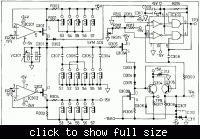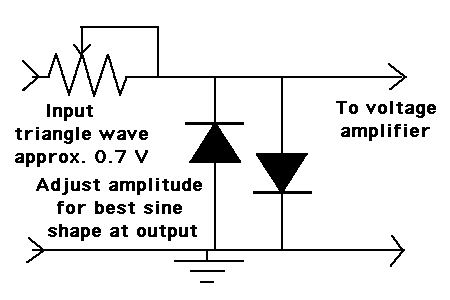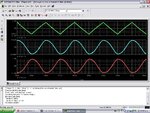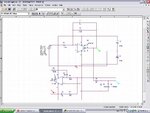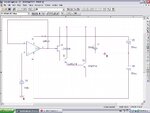Robert Hoffman
Newbie level 6
- Joined
- Jan 6, 2012
- Messages
- 14
- Helped
- 9
- Reputation
- 18
- Reaction score
- 9
- Trophy points
- 1,283
- Location
- Maryland, USA
- Activity points
- 1,472
You're thinking this is a simple little circuit with a simple answer. It is not. For starters, output of +/- 15V can't be achieved with an LM118 . Best you can do is maybe 10V at 2 MHz with feedforward comp and that raises stability issues. You'll get at least several percent distortion with a simple circuit. The opamp alone can maybe drive a 1K resistive load. You'll need leveling. You need a driver. To get that whole range without range-switching is near impossible. Do some more research on function generators. There are plenty of circuits on the net. None are something you can do with 2 ICs. Revise your requirements to make it into a simple task or be prepared to do a significant amount of work.
